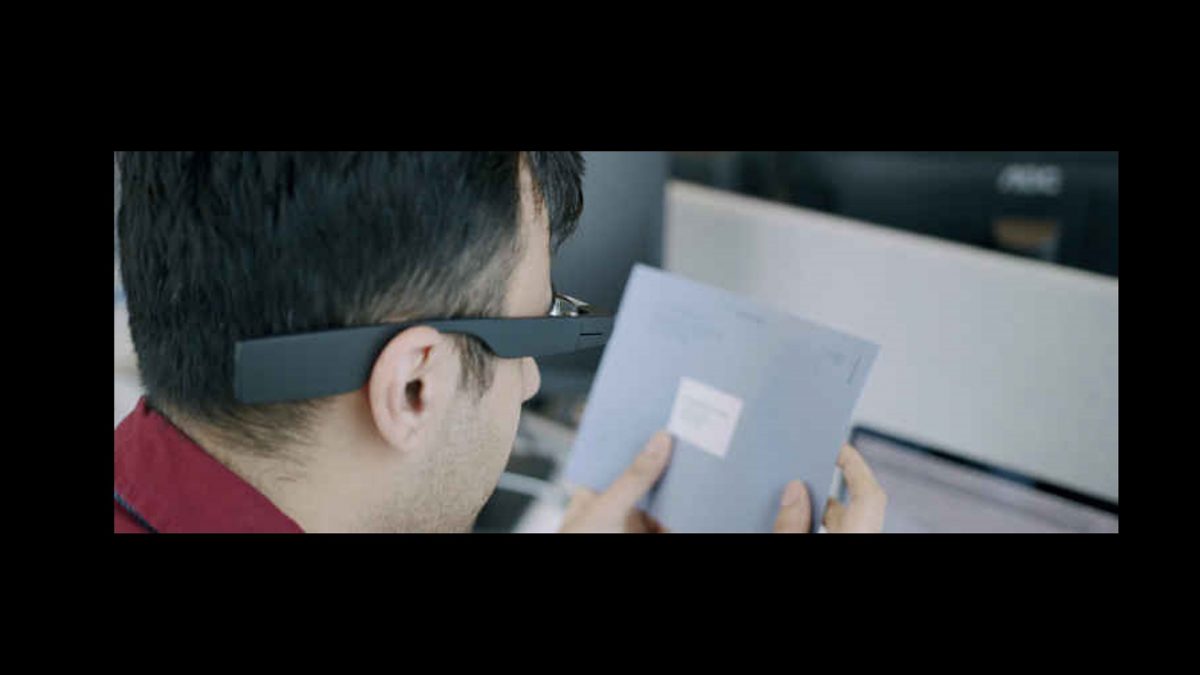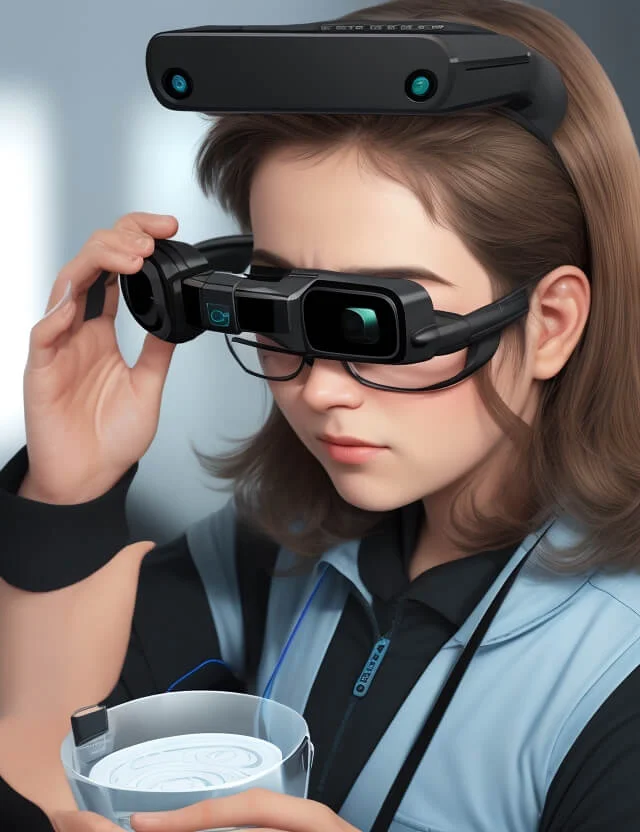Discover Advanced Assistive Instruments for Individuals With Visual Impairments
The landscape of assistive innovation for individuals with visual disabilities is advancing swiftly, presenting a variety of cutting-edge gadgets that boost freedom and involvement. From smart glasses that effortlessly combine visual input with acoustic guidance to innovative navigating applications that redefine spatial recognition, these tools are reshaping opportunities.
Smart Glasses Innovations
Smart glasses represent a substantial advancement in assistive technology for individuals with aesthetic impairments. Outfitted with cams and sensors, wise glasses can capture real-time visual info, which is then refined and shared to the user through sound responses or haptic sensations.
Additionally, advancements in artificial intelligence have actually even more improved the abilities of clever glasses. Artificial intelligence formulas can acknowledge faces, reviewed message, and identify things, making them important tools for daily jobs. Individuals can get auditory cues that provide context regarding their atmosphere, fostering self-reliance and confidence.
Additionally, the ergonomic style and lightweight nature of numerous wise glasses make them ideal for long term usage, ensuring comfort while enhancing capability. As these tools continue to evolve, they hold the potential to revolutionize the means people with aesthetic impairments experience their every day lives, bridging the gap in between access and innovation. The ongoing research study and advancement in this area assurance to broaden the opportunities for wise glasses, making them a necessary part of contemporary assistive devices.
Navigation Application and Equipment
Countless navigating applications and devices have arised as vital resources for people with visual impairments, dramatically enhancing their capability to traverse unknown settings. These innovations leverage GPS performance, audio hints, and real-time information to give individuals with precise navigation help.
One famous example is the Aira application, which links customers to experienced agents who can give visual summaries of environments and navigating support via a real-time video clip feed. This service improves the user's spatial understanding and self-confidence while navigating. One more remarkable device is Seeing Eye GPS, which uses voice-guided navigation and points of passion, enabling customers to gain access to vital details about their environments.

As technology proceeds to breakthrough, the development of a lot more innovative navigation tools guarantees to further empower people with aesthetic problems, promoting seamless movement and integration into diverse settings. Such innovations are crucial in advertising a much more comprehensive society.
Braille Innovation Improvements
In recent times, advancements in Braille modern technology have considerably changed just how individuals with aesthetic disabilities accessibility information and engage with the world around them. The advancement of mobile Braille display screens has actually transformed analysis by enabling customers to link wirelessly to tablet computers, smartphones, and computers. These read what he said devices transform message into Braille in real-time, enabling smooth communication with digital content.
Additionally, innovative Braille printers have actually emerged, enhancing the manufacturing of tactile products. Modern embossers are quicker and more effective, allowing for the quick development of Braille papers and academic materials. This efficiency reduces the moment and cost connected with generating Braille resources, making them a lot more accessible to companies and schools.
In addition, the integration of Braille with other innovations, such as expert system and maker learning, has actually opened up new methods for personalized knowing experiences. Voice recognition and synthesis technologies can complement Braille, offering a comprehensive approach to information look at here circulation.
As the need for comprehensive education and office environments grows, these technological improvements play a critical function in equipping people with visual problems, ensuring they have equal access to info and possibilities in various elements of life.
Wearable Tools for Freedom
A growing range of wearable tools is boosting self-reliance for people with visual disabilities, supplying ingenious solutions that boost navigating and daily living. navigate to these guys Braille displays and notetakers. These gadgets make use of sophisticated technologies to provide real-time feedback and support, promoting freedom in different atmospheres

Wearable innovation likewise consists of smartwatches that can be programmed with accessibility attributes, making it possible for customers to obtain alerts, track their areas, and even call for support with the touch of a button. Some devices integrate artificial intelligence to analyze the environment, offering sound summaries of neighboring items or individuals.
Voice-Activated Assistive Solutions
Leveraging voice-activated assistive services has actually transformed the landscape of support for people with visual impairments, supplying hands-free communication and access to a selection of tasks. These modern technologies use all-natural language handling and expert system to allow users to do daily tasks via simple voice commands.
In addition, current developments in voice recognition precision have actually improved the customer experience significantly, accommodating diverse accents and speech patterns. This inclusivity guarantees that more individuals can take advantage of these innovations, fostering a greater sense of autonomy.
Verdict
To conclude, the growth of sophisticated assistive devices dramatically boosts the self-reliance and high quality of life for people with aesthetic disabilities. Technologies such as wise glasses, navigation applications, Braille modern technology, wearable tools, and voice-activated solutions collectively promote a more inclusive setting. These technologies equip customers to browse their environments with self-confidence and engage more totally with the globe, eventually promoting higher accessibility and equal chances for individuals facing aesthetic challenges.
The landscape of assistive technology for individuals with aesthetic impairments is progressing quickly, presenting a range of innovative tools that enhance autonomy and interaction.Smart glasses represent a substantial improvement in assistive technology for individuals with visual disabilities. As these devices continue to evolve, they hold the prospective to revolutionize the means people with aesthetic disabilities experience their daily lives, linking the gap between ease of access and innovation.In recent years, advancements in Braille modern technology have dramatically transformed just how people with aesthetic impairments accessibility information and engage with the globe around them. These innovations encourage users to browse their environments with confidence and involve even more fully with the globe, ultimately advertising better ease of access and equivalent possibilities for individuals encountering aesthetic obstacles.